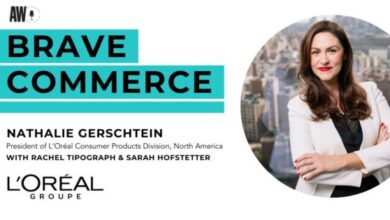
While the staggering numbers of fossil fuel lobbyists at COPs have been widely reported, the role of PR and advertising firms on behalf of those companies—and, in the case of COP28, the summit’s president himself—has been less well known.
“What a lot of these firms are doing is lobbying and politics,” said Intercept reporter Amy Westervelt. “It is outside what most people think they’re doing when they do PR.”
In total, Clean Creatives’ report identified 26 contracts between 18 PR and ad agencies and COP28, Masdar and Adnoc. Over the past two years, these agencies also worked on 64 different fossil fuel campaigns, including those with the UAE’s state-owned companies.
In a blog post highlighting its work on behalf of the UAE during its successful bid to host COP28, PR firm ASDA’A BCW described the potential for the UAE’s bid to “trigger a negative reaction and undue attention on fossil fuels.” The PR blitz that the firm developed aimed to mitigate that criticism—creating narratives around the country’s “successful initiatives in transitioning to a lower carbon economy.”
ASDA’A BCW did not immediately respond to requests for comment. An Edelman spokesperson confirmed that the firm is working with COP28 but wouldn’t share additional information regarding its engagement with the summit or Adnoc.
The stakes
In his opening speech to kick off COP28, UN Secretary-General António Guterres warned oil and gas producers: “The 1.5-degree limit is only possible if we ultimately stop burning all fossil fuels. Not reduce. Not abate. Phase out, with a clear time frame aligned with 1.5 degrees.”
The 1.5-degree Celsius limit refers to the amount of warming that scientists have said would avoid the most devastating impacts of climate change. Nations pledged to aim for this during the Paris Agreement in 2015 at the 21st COP.
Greenwash[ing] polluters makes it harder to focus on the real problem at hand, which is fossil fuel pollution
Executive director of Clean Creatives Duncan Meisel
To do that, the world needs to cut fossil fuel use by 43% by 2030 and by more than 75% by 2050—something that’s opposed to what the UAE is currently planning.





